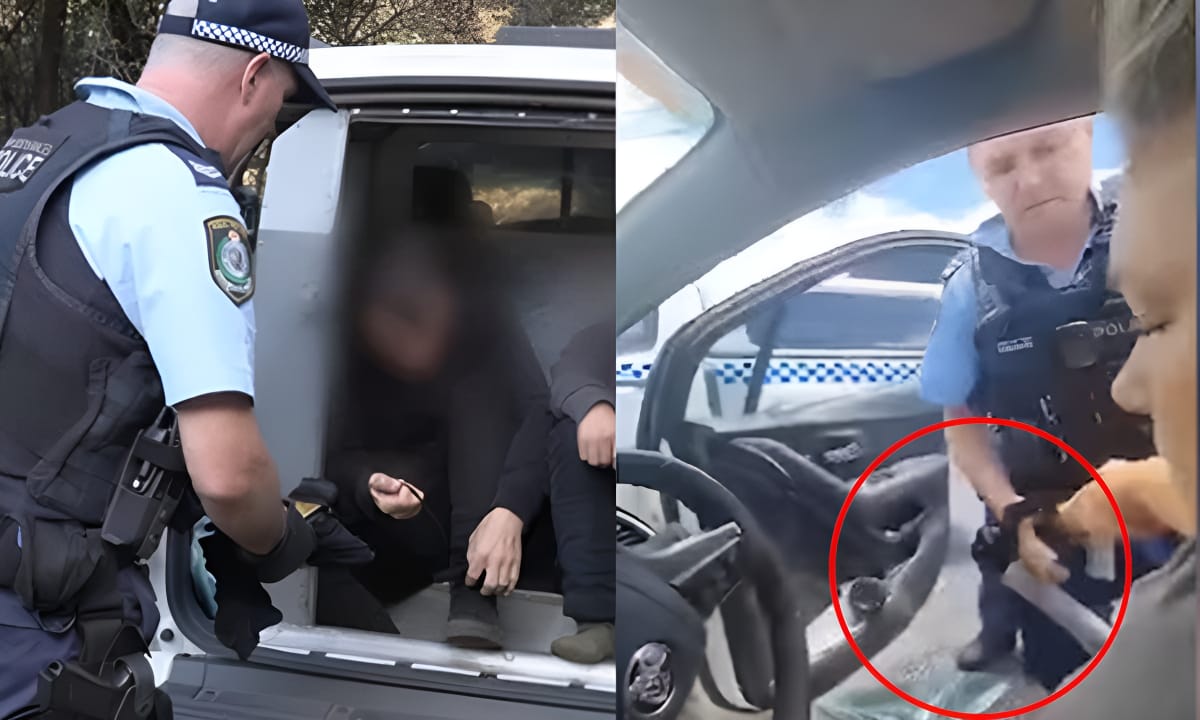From July 2025, penalties for Australian drivers will increase all across states and territories due to the lack of improvement in road toll figures over the past 15 years. Risky behaviors will continue to be penalized due to the alarming road toll figures rising. Certain road users will be targeted and could face penalties as high as $1,895.
Mobile users will bear the burden of these increases.
Across Australia, distracted driving is being penalized the most, and penalties for mobile phone use have increased. New South Wales has fines set at $423, as opposed to the most extreme penalties of Western Australia of $700. New AI-powered mobile detection cameras capable of identifying drivers holding, using, or touching their phone, or even those at stopped at traffic lights, are being rolled out across the country.Mobile offense penalties in some areas have exceeded $1250, and 5 demerit points are added. A significant and radical shift in enforcement has appeared, as for the first time, fines greater than $1250 will be given out for other mobile phone offenses. These cameras are also able to pinpoint where drivers are using their phones while driving, even for a second, or while at a standstill, thus motorist must take the precaution of putting their mobile devices far out of reach.
Punishment for speeding in an emergency vehicles is a violation of the law with serious consequences.
The size of the fine for not slowing down for an emergency vehicle is one of the more extreme increases in penalties. South Australia is the harshest of the states. S.A. law states that drivers “must reduce” their speed to 25 km/h to pass a stationary roadside emergency, breakdown and assistance vehicles, with flashing warning lights, on multi-lane roads. The fine is $1,895 and 9 demerit points.In Victoria, the law states that the driver must reduce their speed to 40 km/h. The fine is $961 and points on the license for the drivers not complying with the law. The same rules apply to emergency vehicles, tow trucks, roadside assistance vehicles, or any vehicles with flashing lights. All of these vehicles create a substantial monetary risk to a driver not complying with these laws.Recently, there have been stricter rules on newcomers to the driving world, and senior citizens.
Drivers 60 years of age and over are now, for the first time, subjected to age restrictions requiring drivers to have a sight examination and a physician’s report to drive from the age of 70. Some areas have even increased the limit even stricter for those people over 65. The reasoning behind these amendments is an alarming number of accidents from senior drivers.Lately, learner and provisional drivers have had new restrictions imposed on them, with some states increasing the minimum supervised driving hours from 120 to 150 hours, which includes 20 hours of night-time driving. In addition, L and P plate drivers can no longer drive vehicles with more than 6 cylinders or vehicles with modified exhaust systems.
Reduction of Speed Limits Create New Trap Zones
In all of Queensland and urban areas of Western Australia, speed limits on high pedestrian roads have been reduced, with Western Australia lowering from 50km to 40km on hundreds of roads, and Queensland also doing the same on pedestrian heavy roads. Many nsn both urban and suburban areas are starting to see new default limits reduced from 50km/h to 40, especially around schools, hospitals, and neighborhoods.Such changes create target zones which drivers used to driving 50km/h may find difficult, and unwittingly bover the speed limit, which can lead to fines that often reach hundreds of dollars, especially if they go over the limit.
A State by State Variation and Enforcement
All penalty systems, fees, and charges in New south Wales have increased by 3.2 percent and all other states of Australia have been increased by 3.5 percent The changes reflect the changes in the Consumer Price Index. The changes in enforcement have been rapid, especially with new AI systems that can see and detect if someone is seatbelted, if someone is driving too close, and they are even able to recognize the face of a driver.Australian drivers must comprehend these changes as there has never been a penalty as financially and license damaging for violation now .
The new measures put in place which are a response to increasing fatality rates assume road safety compliance with the new rules isn’t only to dodging retrieval fines, it also pertains to the national objective of reducing road trauma in Australia.The penalty will no longer be two in one, and the first driving rule broken will be considered a legitimate infringement. Adapting these rules in a timely manner should be a priority as overdue compliance will result in damaging the income and driving license of the driver breaking the rules.



